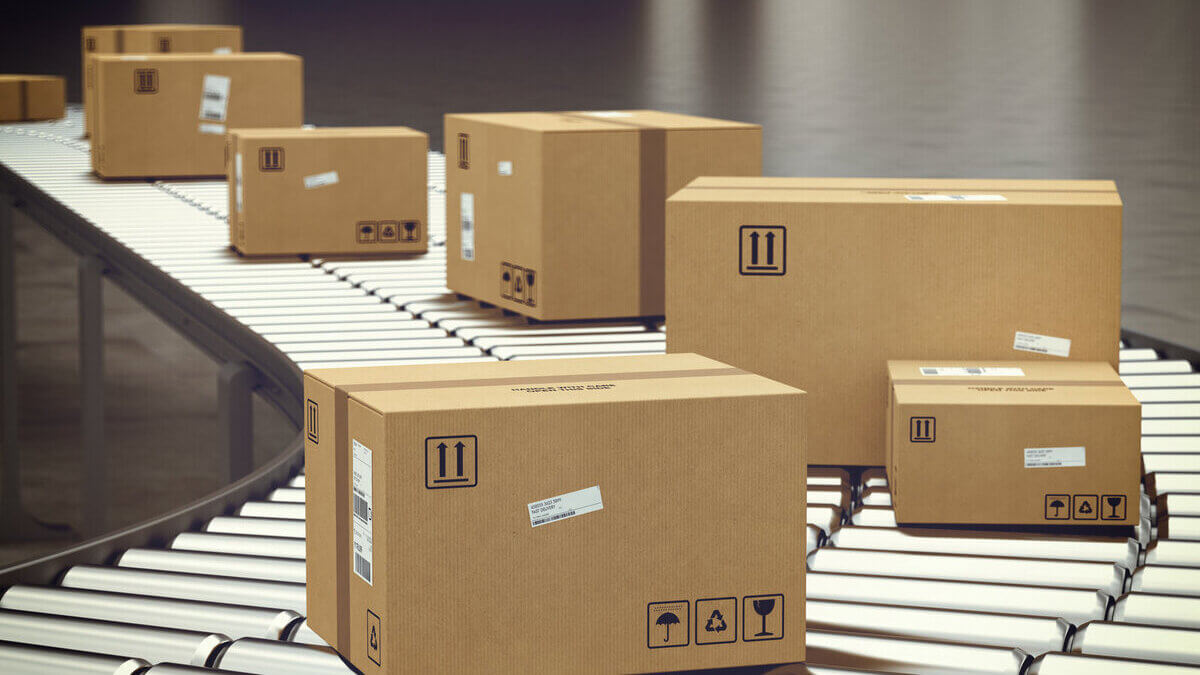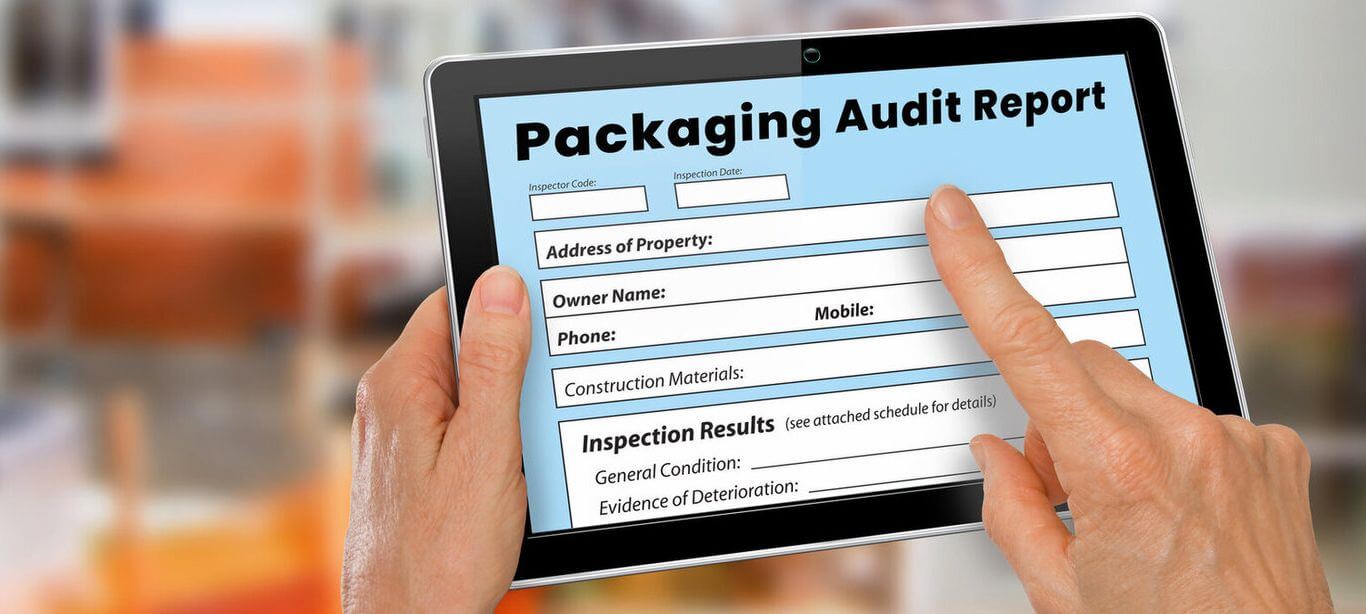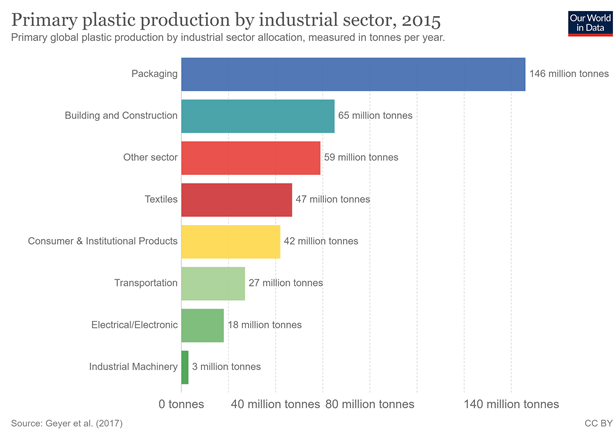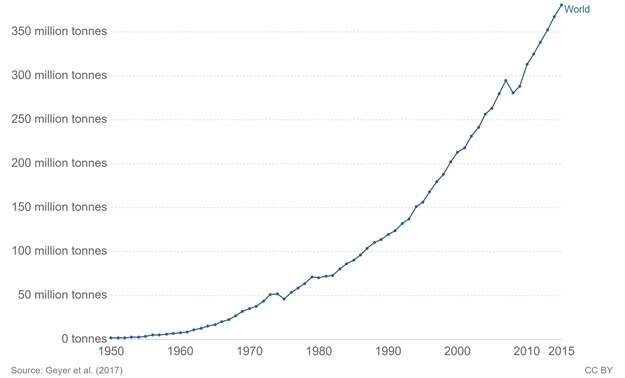4 Essential Packaging Supply Chain Solutions for Manufacturers Ahead of Diwali in 2020

4 Essential Packaging Supply Chain Solutions for Manufacturers Ahead of Diwali in 2020
Exactly how robust are your packaging supply chain solutions? If you are a manufacturer, you understand that Diwali 2020 is going to put your packaging supply chain solutions to the ultimate test.
On the one hand, health and supply chain risks due to the COVID19 pandemic loom large. Sourcing the right packaging SKUs, optimising quality and cost, warehousing, and reducing last-mile friction are four major challenges this year. On the other hand, Diwali 2020 is the beginning of yet another busy festive season in India.
You and your team of supply chain managers need to map the pain points and make contingency plans. You also need to optimize your packaging supply chain management systems and be prepared to create great customer experiences. Here, we share a compact list of four essential packaging supply chain solutions that will help you prepare. Let’s explore.
Challenge 1: Sourcing the Right Packaging SKUs
Share the types of packaging solutions that you require with your packaging suppliers. Communicate your custom packaging solution specifications and ask for relevant samples and new product development capabilities.
Share the details of your brand persona and an outline of who your customers are. What are your unique supply chain challenges? Does your packaging resonate with your brand’s value proposition?
If you operate at the point of origin of the supply chain, prioritize the primary packaging SKUs that will contain the contents of your product. If you are a distributor, you need to focus on secondary packaging. If you have a country-wide distribution network, map the last-mile challenges and ask for relevant tertiary packaging solutions.
Pro-Tip: Look for an integrated packaging supply chain solutions provider that has a large network of local packaging suppliers across the country. Yoru supply chain managers will get a single point-of-contact and can get turnkey packaging solutions on-demand. Further, you will save big on procurement costs and supplier collaboration efforts.
Challenge 2: Quality and Cost Optimization
Create a list of quality specifications for your packaging SKUs. Map the overall order size and procurement costs. Share your packaging quality and cost requirements with your supplier. Furthermore, seek new ideas to save costs on your packaging from your suppliers.
While optimizing costs, also look at how your total packaging costs impact the unit economics and pricing of your products. Explore ergonomic packaging designs and products that allow you to accommodate more volumes per packaging unit.
Furthermore, give due consideration to the weight of the packaging materials and its direct bearing on the cost, insurance, and freight (CIF) of your supply chain. For instance, corrugated cardboard boxes, paper bags and paper boxes are lightweight and allow supply chain and logistics personnel to add more cargo per packaging unit. Doing so makes the shipping process more cost-effective.
If your enterprise is bound by environmental compliance regulations, ask your packaging suppliers to demonstrate their sustainable packaging offerings along with the corresponding impact on the carbon footprint.
Pro-Tip: Conduct a packaging audit at your plant locations periodically. A packaging audit entails a thorough diagnosis of your packaging supply chain and spend-analysis. You can derive intuitive insights from your data analytics to optimise the quality, costs, and risks in your packaging supply chain. A packaging audit is especially recommended to maintain smooth business continuity throughout the year and peak load seasons like Diwali.
Challenge 3: Warehousing and Inventory Stock-Out
The shortage of warehousing space and inventory stock-out are two pertinent challenges during the festive season. Map your warehouse capacity in advance and ask your supply chain managers to share data on the packaging consumption rates during the peak season. Engage with your packaging suppliers. Seek the details of the expected time of arrival (ETA), lead time and order processing time that they need to deliver any unplanned packaging orders in the face of an inventory stock-out.
Furthermore, opt for local sourcing options this year to steer clear of the risks of supply chain disruptions. Prioritize the location of your packaging solutions suppliers and their access to multimodal transport. Search for a packaging vendor with integrated logistics and supply chain management capabilities across India.
Pro-Tip: Choose an integrated supply chain solutions provider as your packaging partner with a large network of logistics partners and warehouses. If you are a multi-plant manufacturer opt for a captive supplier. A captive supplier is one that will hold your packaging inventories on their account books at your site location. Partnering with a captive supplier will ensure you JIT delivery of all types of packaging units at your site on demand.
Challenge 4: Last-Mile Friction
While last-mile delivery has always been a challenge in the B2B supply chain, this year’s COVID19 pandemic only compounds its magnitude. With social distancing norms in place and customers demanding access to products from the comfort of their homes, you need to reimagine the last-mile of your supply chain journey.
This is especially true for consumer goods, pharmaceuticals, e-commerce, food & beverages, and chemicals because of the limitations of shelf-life and expiration date. Gaining visibility into the last-mile journey is the key to ensuring that your products reach customers fresh, compact, and safe. Opt for cost-effective and smart packaging solutions like RFID tagging. Use digital packaging systems to ramp up your tertiary packaging, track the movement of your products, and reimagine the customer experience.
Pro-Tip: Leverage smart packaging technology to zero down the gaps with your customers. You can map end-user trends, consumption patterns, and purchase volumes. You can also adopt reusable and recyclable packaging by integrating technology with your packaging.
For instance, you can insert a sensor in standard wooden packaging boxes and track their reverse logistics, recycling, and reuse. Doing so, you can reduce both your carbon footprint and packaging costs.
Prepare for the New Normal and New Possibilities in Packaging Supply Chain This Diwali
This year’s Diwali will be different from yesteryears. Prepare your supply chain for the new normal. Ramp up your packaging supply chain in advance and be open to new possibilities during the festive and holiday seasons. Browse Moglix Packaging Solutions and connect with our experts to learn more.
3 Reasons Why Every Multiplant Manufacturing Business Needs a Packaging Audit

3 Reasons Why Every Multiplant Manufacturing Business Needs a Packaging Audit
If you are a manufacturer, your packaging supply chain manager is likely to list three significant packaging challenges.
- How do I reduce packaging costs?
- How do I identify and reduce the in-transit losses of my goods?
- How do I put my enterprise on track for continuous improvement?
If you face any or all of the above challenges, you are looking for a robust and periodic packaging audit program with the following benefits for your enterprise.
Explore the Cost Advantage of a Lean Supply Chain for Packaging
Optimizing the packaging inventory is a significant challenge. Holding high inventories of packaging SKUs can block your enterprise’s working capital. On the other hand, an inventory stock-out can directly affect your distribution and reduce revenue through lost sales. A packaging audit can enable you to rightsize your packaging inventory, unlock working capital, and reduce indirect costs. You can also explore EOQ levels of inventory by using artificial intelligence-enabled analytics and migrate towards a lean supply chain.
Reduce Wastage and Losses in Transit During the Supply Chain Journey
Pilferage, wear and tear, and spoilage during transit can lead to formidable losses to your enterprise. One way to reduce such wastage and losses is to re-engineer packaging as per the logistics lens. A packaging audit can enable you to map the logistical challenges across multiple modes of transportation and choose packaging solutions that provide the best fit for each stage of your supply chain journey.
Continuously Improve Through Total Quality Management in Packaging
The COVID19 pandemic has ushered in a new normal. How do you explore new avenues to stay competitive? Class C spend items like packaging cater to less than 10% of the unit costs of end products but are likely to affect more than 10X of the value of your goods if you get it wrong. A packaging audit can help you to discover the most significant opportunities to enable continuous improvement and total quality management in packaging.
Are you exploring a Packaging Audit for your Manufacturing Plant(s)? Testing and diagnosis are integral to both human and enterprise health. With a packaging audit across your plant locations, you can detect challenges early and adopt remedial measures with agility to reimagine your packaging.
If you feel that your packaging could be improved but don’t know where to start, please get in touch with us here. You can also learn more about our packaging solutions by clicking here.
How Can MSMEs and Regulatory Agencies Phase-Out Plastics from Packaging?

How Can MSMEs and Regulatory Agencies Phase-Out Plastics from Packaging?
Can MSMEs in India reimagine business without plastics? The challenges posed by the use of plastics in packaging calls for a crystal clear identification of the scope of the challenge, analysis of the plastic economy and its environmental impacts. It is also prudent to take a look at India’s current standing and approach towards resolving the challenge posed by plastics in the backdrop of global trends as diverse stakeholder groups including MSMEs and regulatory agencies continue to engage in dialogue and explore opportunities to find a sustainable solution.
MSMEs in India and the Plastic Conundrum: Untangling the Linkages
On June 25, 2019, the Report of the Expert Committee on Micro, Small and Medium Enterprises submitted by the Reserve Bank of India acknowledged the ban on plastics across diverse states as one of the major reasons that had led to a large number of MSMEs becoming non-performing assets (NPAs). The report further took cognizance of the societal and environmental purposes served by such bans but cautioned about “collateral damage’ to the economic health of the MSME sector.
What is the Economic Impact of Plastic Ban on the MSME Sector and Its Customers
Estimates assert that are 50,000 plastic manufacturing units in India with an overwhelming 90% of these being MSMEs. MSMEs that are engaged in the production and distribution of plastic materials employ 3-4 lakh people while catering to the requirements of a wide diversity of industries including FMCG, FMCD, automotive and infrastructure among others. A major driver of the demand for plastics in these industry verticals is packaging.
Why is Plastic So Important to these Industry Verticals for Packaging?
The heavy reliance of diverse industry verticals on plastics for packaging is not limited to the Indian economy per se. First, data published in a World Economic Forum study suggests that globally packaging is one of the largest drivers of demand for plastics. 
Table 1: Re-usage Rates by Materials Comparative Analysis
Second, plastic is the preferred material for industries in the modern economy. Ever since the production of the first synthetic plastic in 1907, Bakelite, global plastic production has been on the rise. In the last 65 years, the annual production of plastics has increased nearly 200-fold to 381 million tonnes. This is estimated to be equivalent to the mass of two-thirds of the world population. Two of the major reasons behind the surge in demand for plastic are reuse and recycling. Plastic can be reused and recycled, albeit a limited number of times.
Table 2: Y-o-Y Growth in Plastic Production 1950-2015
Third, plastics are derived from petroleum refining and therefore indexing the cost of plastic production to crude oil prices. Given the markup pricing that is used to determine the costs of plastic, the softening of crude oil price in the last five years owing to large volumes of shale oil production has provided a comfortable cushion to plastic manufacturers and further enabled them to pass on the benefits to diverse industry verticals, where plastic is in demand.
Why Does Single-Use Plastic in Packaging Pose a Challenge in the Indian Scenario?
India generates close to 26,000 tonnes of plastic waste every day. It is estimated that single-use plastic constitutes 43% of the quantum of plastic that goes into packaging. Single-use plastic by implicit meaning is used only once before being disposed of. However, a crystal clear definition of single-use plastic is yet to see daylight. A committee under the Ministry of Environment, Forest and Climate Change is working on finalizing an unambiguous definition of single-use plastic. The remaining 60% of all plastic is recycled in informal and unstructured plastic manufacturing MSMEs that produce very low-quality recycled plastic. Recycled plastic can be mixed with virgin material to produce high-grade plastic products.
How MSMEs and Regulatory Agencies Can Collaborate to Phase-Out Plastics from Packaging?
Data published by the World Bank asserts that India generates plastic waste in the range of 2.5 million to 5 million tonnes. In view of the current proportions of the challenge that India is faced with, it makes enormous good sense to suggest that MSMEs need to engage with regulatory agencies through a time-bound and outcome-based framework. Given that India has a consumption-driven economy, it shall be great to opt for a gradualist approach to enable MSMEs a cushion to absorb the economic impacts. A corporate income tax holiday to businesses offering sustainable packaging solutions can enable holistic ecosystem-wide reform by reducing the cost burden and further allowing such businesses to pass-on the benefit downstream.
How Moglix Business is Partnering with Customers to Offer Sustainable Packaging Solutions?
At Moglix Business, we are collaborating with our customers from a diverse cross-section of industry verticals to enable a seamless transition from single-use plastic packaging materials to sustainable packaging materials that are economically viable. We offer a complete suite of packaging solutions that includes primary, secondary and tertiary packaging. As a responsible business, we take cognizance of the need to be cost-efficient and set quality standards and to allow our customers to hit the ground running. As such, our packaging solutions are aimed at reducing the cost impact of the transition from 300% to 2.5%, thus allowing for the eventual phasing-out of plastics from packaging.
